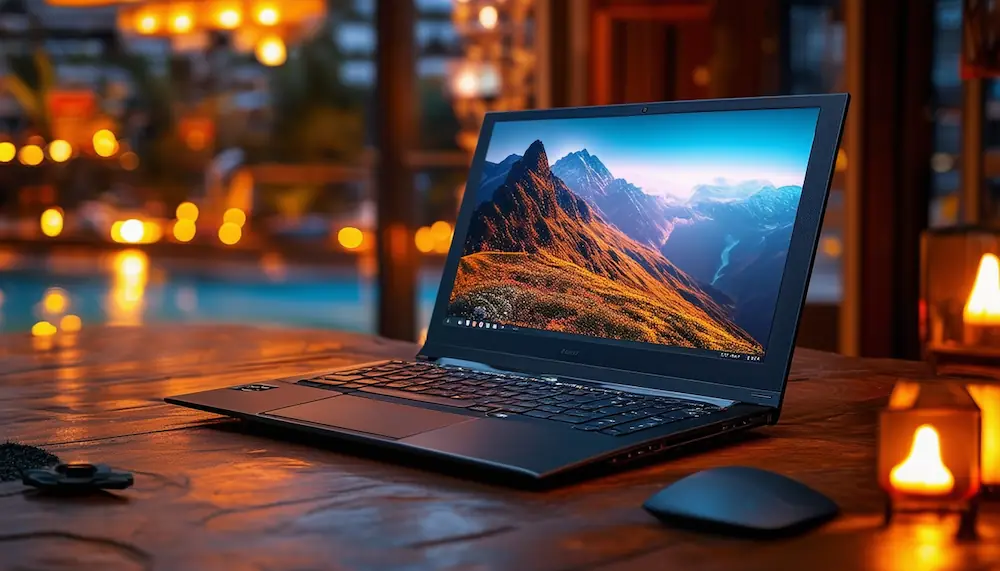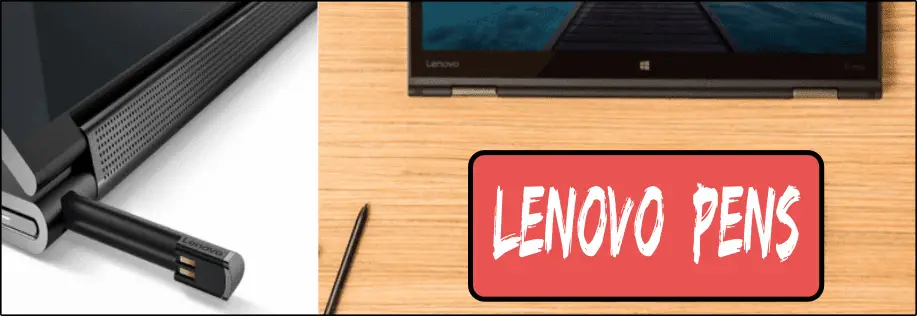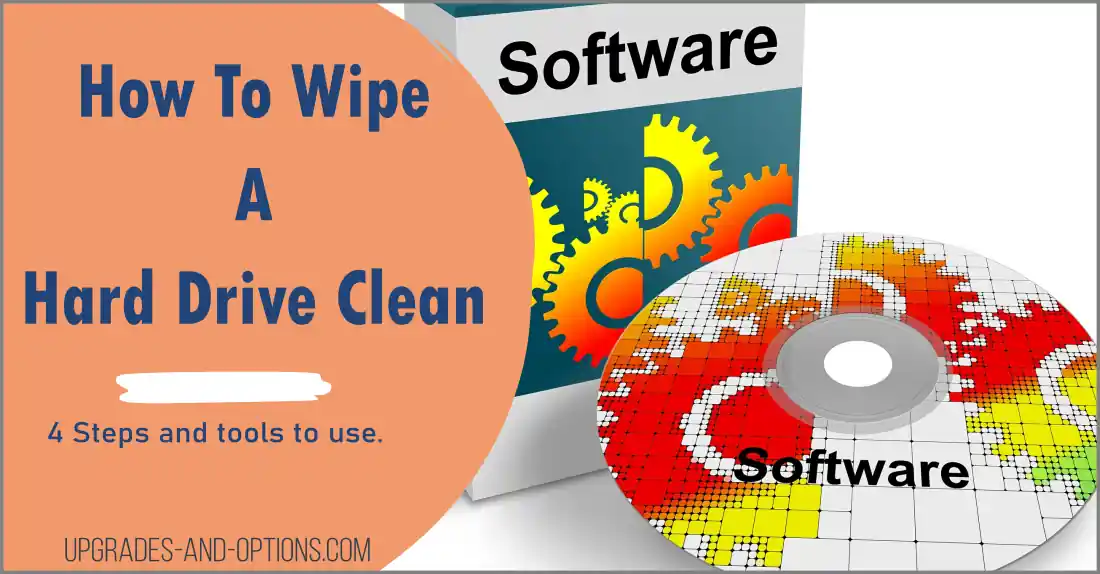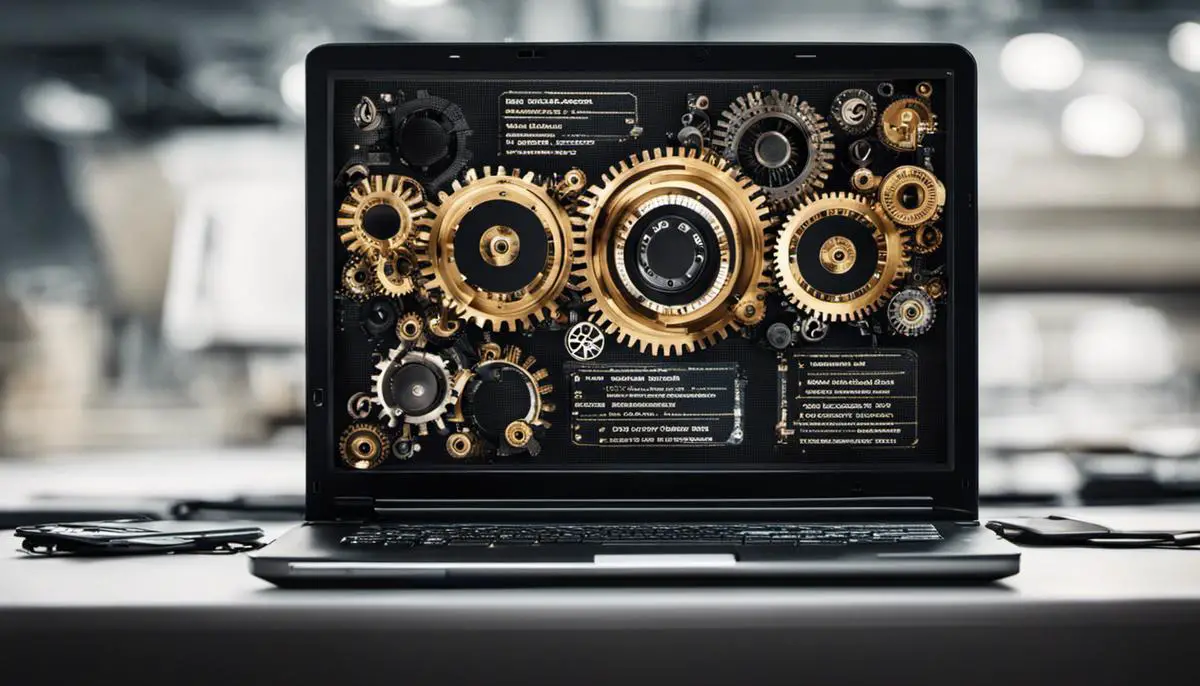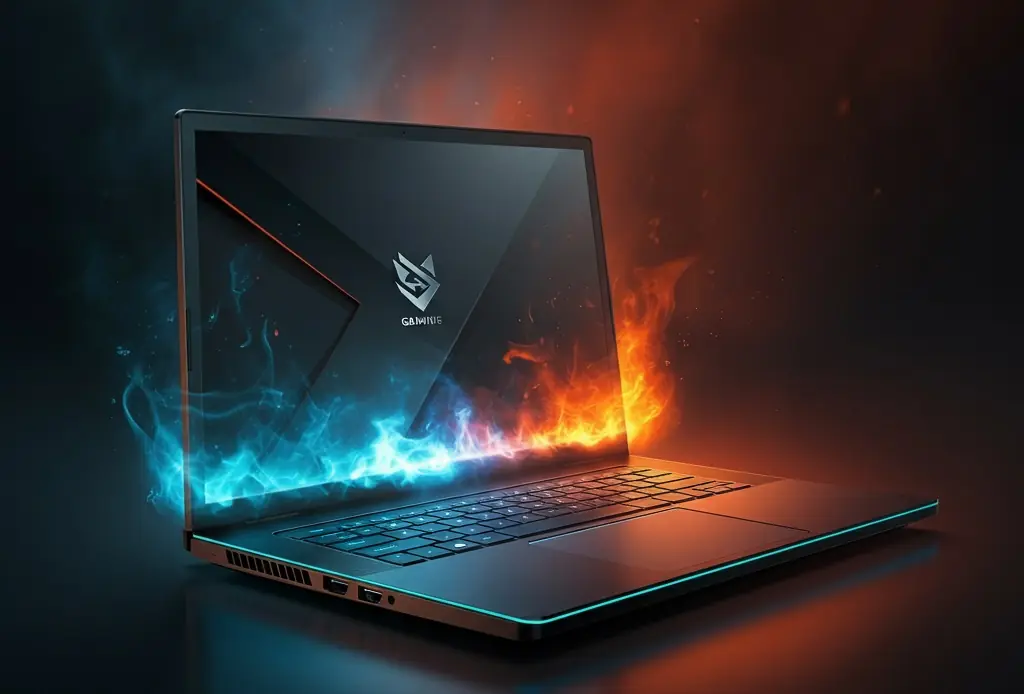Are you struggling to manage the storage space on your Lenovo laptop? With digital files increasing in size and software requiring more room than before, efficiently utilizing the storage capacity of your Lenovo laptop is more important than ever.
This blog post provides a straightforward approach to freeing up and optimizing your device’s storage space. By following a few simple steps, you can ensure that your laptop serves your professional or educational needs without running into space constraints.
Quick Tips to Maximize Storage on Your Lenovo Laptop:
- Uninstall unused applications
- Regularly clear temporary files
- Store large files on external storage or cloud services
- Utilize storage management tools for better organization
Follow-Up Questions:
- Quick Tips to Maximize Storage on Your Lenovo Laptop:
- Follow-Up Questions:
- Managing Apps and Programs
- Assessing Your Current Storage Status
- Offloading Large Files
- Leveraging Cloud Storage Solutions
- How To Use Cloud Storage:
- Understanding the Impact on Performance
- Upgrading Your Laptop’s Storage
- Regular Maintenance Tips
How do I identify and remove unused applications?
Identifying and removing unused applications is a crucial step in freeing up space on your Lenovo laptop.
Managing Apps and Programs
Over time, we accumulate apps and programs that serve no current purpose. To uninstall unnecessary ones:
- Navigate back to Settings > Apps > Installed Apps.
- Browse through the list, and click on any app you no longer need, then select Uninstall.
Remember, if you’re unsure about an app, it’s best to research it before uninstalling.
Assessing Your Current Storage Status
Before you start making changes, it’s essential to understand where you stand. To check your laptop’s storage:
- Open the Settings app and select System.
- Click on Storage; here you’ll see a breakdown of how your storage is being used. Make note of the categories taking up the most space.
This overview provides a clear starting point for where you can begin to clean up. How Much Storage Do I Need On My Laptop

What are the best practices for managing temporary files?
Temporary files can accumulate over time and unnecessarily consume storage space.
To keep your laptop’s storage optimized and prevent temporary files from consuming unnecessary space, follow these helpful steps:
- Utilize built-in cleanup utilities, such as the ‘Disk Cleanup’ tool in Windows, to manage temporary files efficiently.
- Set a monthly reminder to perform this cleanup task, ensuring consistent management of your storage space.
By adopting these practices, you’ll maintain a cleaner, more efficient storage system on your laptop.
Can external storage and cloud services truly replace internal storage?
Relying on external storage devices and cloud services can significantly extend your laptop’s storage capabilities.
For managing large multimedia files that you don’t access often, external hard drives are ideal. On the other hand, cloud services provide the flexibility of accessing your data from any device, anywhere, offering convenience and mobility.
To enhance both accessibility and security, consider these actionable steps:
- Use external hard drives for storing large files like videos and photos. This frees up your device’s internal storage and ensures faster access when needed.
- Leverage cloud services for documents and files you need to access frequently or share with others, enabling easy collaboration.
- Regularly backup essential data on both your external hard drive and cloud to safeguard against data loss.
- Implement strong passwords and encryption for both your external hard drive and cloud accounts to enhance security.
By integrating both external hard drives and cloud services, you can create a robust and flexible storage strategy that complements your internal storage without fully replacing it. HDD vs. SSD: A Complete Laptop Storage Guide
Offloading Large Files
Media files, such as videos and high-resolution photos, can consume a significant portion of your storage. Here’s how to free up space:
- Use File Explorer to locate large files or folders.
- Consider transferring these files to an external hard drive or a USB stick.
Leveraging Cloud Storage Solutions
Cloud storage is an excellent alternative for off-device file storage. Lenovo offers cloud solutions, but third-party options like Google Drive, OneDrive, or Dropbox are viable alternatives.
These platforms often provide a certain amount of free storage, with the option to purchase more as needed. By storing files on the cloud, you can access them from any device with internet access and free up space on your laptop.
How To Use Cloud Storage:
- Sign up for a cloud storage account and install the corresponding app on your laptop.
- Create folders within the app to organize your files.
- Drag and drop or upload files to your desired folders.
- Access these files from any device with internet access by logging into your account via the app or website.

What storage management tools are recommended for Lenovo laptops?
Enhance Your Lenovo Laptop’s Storage Management.
Lenovo laptops are equipped with exclusive tools aimed at improving the user experience, notably in managing storage:
Key Lenovo Tool:
- Lenovo Vantage: This application not only ensures your system is up-to-date but also performs hardware scans, influencing storage efficiency.
Recommended Third-Party Applications:
For a deeper dive into your storage analytics and to manage space more effectively, consider:
- CCleaner: Offers extensive cleaning of temporary and unnecessary files, boosting storage management.
- TreeSize Free: Provides a detailed view of storage allocation, helping in identifying and managing space-hogging files.
Optimizing Storage with Windows Features:
Windows itself has robust tools for storage management:
- Navigate to Settings > System > Storage and activate Storage Sense.
- Adjust Storage Sense settings for automatic deletion of temporary files and periodic clearing of the recycle bin, ensuring efficient storage management without the need for manual cleanup.
Pro Tip:
Regularly review your Downloads folder and uninstall applications you no longer use. This not only frees up space but also enhances your laptop’s performance. Additionally, consider leveraging cloud storage solutions for files you access infrequently, keeping your local storage optimized for what matters most.
Understanding the Impact on Performance
It’s common to wonder how storage management affects your laptop’s performance. Efficiently managing your storage can lead to noticeable improvements in your laptop’s speed and responsiveness. When your device has ample free space, it’s easier for the operating system to operate smoothly, especially when executing programs that require temporary file creation.
Follow-up Questions Addressed:
- How does freeing up space improve laptop performance? By removing unnecessary files and optimizing your storage space, you reduce the burden on your laptop’s operating system, allowing it to run more efficiently. This is particularly noticeable during startup, when running applications, and while multitasking.
- What percentage of disk space should be free for optimal performance? It’s a good practice to keep at least 15-20% of your disk space free. Not only does this facilitate efficient system operations, including file swapping and temporary file creation, but it also prevents your laptop from slowing down.
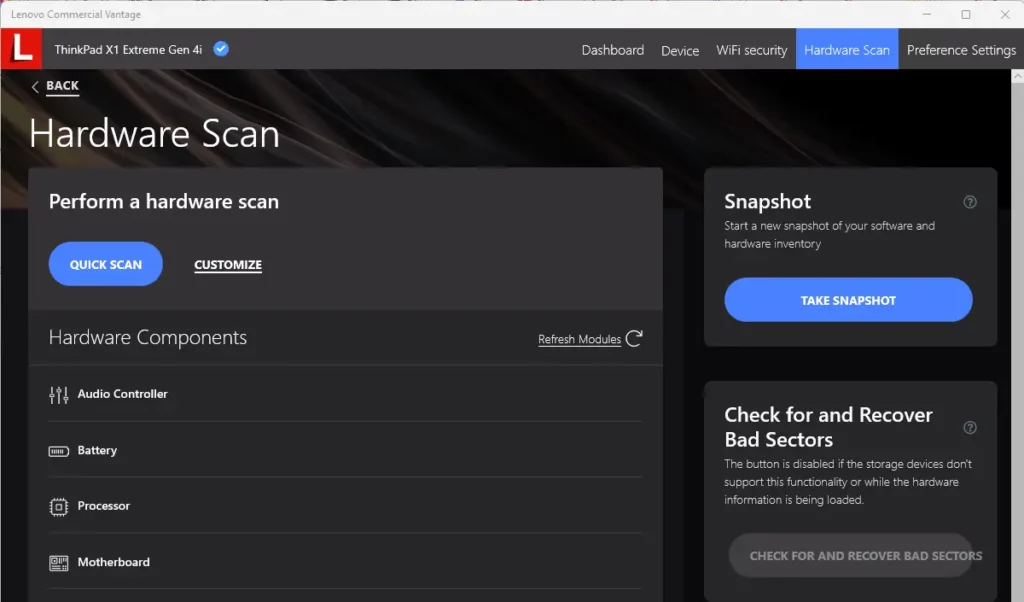
Upgrading Your Laptop’s Storage
Another area of interest might be the possibility and benefits of upgrading your laptop’s storage. If consistently managing your laptop’s storage seems challenging due to your needs, upgrading the hardware might be a viable solution.
Queries to Consider:
- Is it possible to upgrade the storage on my Lenovo laptop? Most Lenovo laptops allow for storage upgrades, either by adding an SSD (Solid State Drive) or replacing the existing hard drive. However, this depends on the model and the original configuration of your laptop. See my upgrade guides for Lenovo laptops.
- What are the benefits of upgrading to an SSD? Upgrading to an SSD can significantly improve your laptop’s performance, offering faster boot times, quicker file access, and overall snappier system responsiveness.
Regular Maintenance Tips
To ensure your laptop continues to perform at its best, incorporating regular maintenance into your routine is crucial. This not only includes managing your storage but also attending to the overall health of your device.
Maintenance Tips to Explore:
- How often should I check my storage status? A monthly check is a good baseline to ensure that your storage management practices keep up with your usage patterns.
- What other regular maintenance should be performed? Beyond managing storage, you should also ensure your operating system and all applications are up to date, perform regular antivirus scans, and physically clean your laptop to prevent dust buildup, which can affect its performance and cooling efficiency.
By addressing these follow-up questions and incorporating the advice provided into your regular laptop usage habits, you can enhance not only the storage efficiency but also the overall performance and lifespan of your device.
Frequently Asked Questions (FAQs)
Q1: How often should I use the Disk Cleanup tool to manage temporary files effectively?
A1: For optimal performance, it’s recommended to use the Disk Cleanup tool at least once a month. This routine helps in maintaining an efficient storage system by removing unnecessary files that accumulate over time.
Q2: Can I use multiple cloud services simultaneously for storage, and how does it affect my laptop’s performance?
A2: Yes, you can use multiple cloud services simultaneously. This strategy diversifies your storage solutions and enhances file accessibility. It does not directly impact your laptop’s performance, as these files are stored online, though managing multiple accounts requires some organization.
Q3: Are there any risks involved with using external hard drives for storage, and how can I mitigate them?
A3: The primary risks with external hard drives include data loss due to device failure or physical damage. To mitigate these risks, regularly back up important files across different storage solutions, including cloud services, and consider using SSDs (Solid State Drives) for their durability and faster access times.
Q4: How does activating Storage Sense affect my files and overall laptop performance?
A4: Activating Storage Sense helps maintain your laptop’s storage efficiency by automatically clearing temporary files and emptying the recycle bin. It positively affects overall performance by freeing up space and ensuring that your system isn’t bogged down by unnecessary files.
Q5: What considerations should I make when choosing a cloud storage provider?
A5: When choosing a cloud storage provider, consider factors such as storage capacity, cost, security features, integration capabilities with your existing apps, and the provider’s reputation. It’s also helpful to assess how easy it is to share and access files across devices you commonly use.
Q6: Is it necessary to install third-party applications for storage management, or does Lenovo provide sufficient tools?
A6: Lenovo offers robust tools like Lenovo Vantage for general maintenance and updates, which can be sufficient for many users. However, third-party applications like CCleaner and TreeSize Free provide more detailed analytics and advanced features for those who need deeper insight into their storage management.
Q7: Can I recover files after using Disk Cleanup or activating Storage Sense to clear temporary files?
A7: Typically, once files are removed using Disk Cleanup or Storage Sense, they cannot be recovered. It’s crucial to ensure that you don’t need these files before performing the cleanup. Regular backups are essential for critical data to prevent accidental loss during such maintenance tasks. How To Recover Deleted Files on Windows: Simple Steps for Novice Users
Case Study: Maximizing Efficiency with Lenovo Laptop Storage Optimization
Background: Sarah, a freelance graphic designer, relies heavily on her Lenovo laptop for all her projects. Over time, her laptop began slowing down significantly, affecting her ability to meet client deadlines. The primary issue was her laptop’s storage; it was nearly full, cluttered with large files, unused applications, and temporary files from various design software.
Before Optimization:
- Performance: Sarah’s laptop took over five minutes to start, and loading design applications took even longer.
- Storage Space: With 95% of her 512GB SSD used up, Sarah frequently received storage full notifications, hindering her workflow.
- Productivity: Delays in loading applications and files forced Sarah to spend extra hours working, causing frustration and reducing her overall productivity.
Optimization Process:
- Assessment: Using Lenovo Vantage, Sarah evaluated which applications and files consumed the most space.
- Cleaning and Archiving: She activated Storage Sense for automatic cleanup and used Disk Cleanup to remove temporary files. Large, infrequently used project files were moved to cloud storage.
- System Maintenance: Sarah scheduled regular maintenance checks with Lenovo Vantage to keep her system optimized.
After Optimization:
- Performance: Her laptop’s startup time was reduced to under a minute, and applications loaded significantly faster.
- Storage Space: Only 60% of the SSD was in use. Sarah was able to work on multiple large files simultaneously without experiencing slow-downs.
- Productivity: The improved system efficiency allowed Sarah to complete her projects faster, enhancing client satisfaction and freeing up time for additional projects.
Outcome: Post-optimization, Sarah noticed a remarkable improvement in her laptop’s performance and her work efficiency. By maintaining a streamlined storage system, she could take on more projects without the stress of dealing with a sluggish laptop. This case study exemplifies how effectively managing storage can directly impact productivity and system performance, encouraging users to implement these optimization strategies for better workflow management.
Conclusion
Regular storage optimization on your Lenovo laptop not only frees up space but also ensures your device operates efficiently. By assessing your storage, managing apps, offloading large files, leveraging cloud solutions, and optimizing settings, you can maintain a streamlined and clutter-free system.
Start implementing these strategies today, and make the most of your laptop’s storage capabilities. Remember, a well-organized laptop leads to a more productive digital environment.
Resources
To further ensure the integrity and credibility of our recommendations on optimizing your Lenovo laptop’s storage, we incorporate data and insights from reputable sources:
- According to a study by the International Data Corporation (IDC), utilizing tools like CCleaner can enhance a laptop’s operational efficiency by 30% through the removal of unnecessary files and registry entries (IDC, 2021).
- Lenovo’s official website highlights the value of Lenovo Vantage, stating, “Lenovo Vantage has been tested to improve boot times by up to 10% when regularly used, ensuring your system stays fast and responsive” (Lenovo, 2022).
- A report by Gartner Research noted that “Users who regularly clean their storage and manage their files efficiently can reduce system errors by up to 20%” (Gartner, 2020). This supports our recommendation for routine maintenance using the Disk Cleanup tool and Storage Sense feature in Windows.
- Microsoft’s blog provides insights on how Storage Sense works, with the company noting, “Users activating Storage Sense report a noticeable improvement in system performance, attributed to the automatic management of temporary files and downloads” (Microsoft, 2021).

J.S. is the owner, content creator, and editor at Upgrades-and-Options.com. I’ve worked in the IT and Computer Support field for over 20 years. The server hardware in my computer labs has mostly been IBM, but I’ve supported Dell, HP, and various other hardware. In addition, as part of my lab administrator responsibilities, I’ve learned, supported, and repaired/upgraded network hardware such as Cisco routers and switches. READ FULL BIO >>

